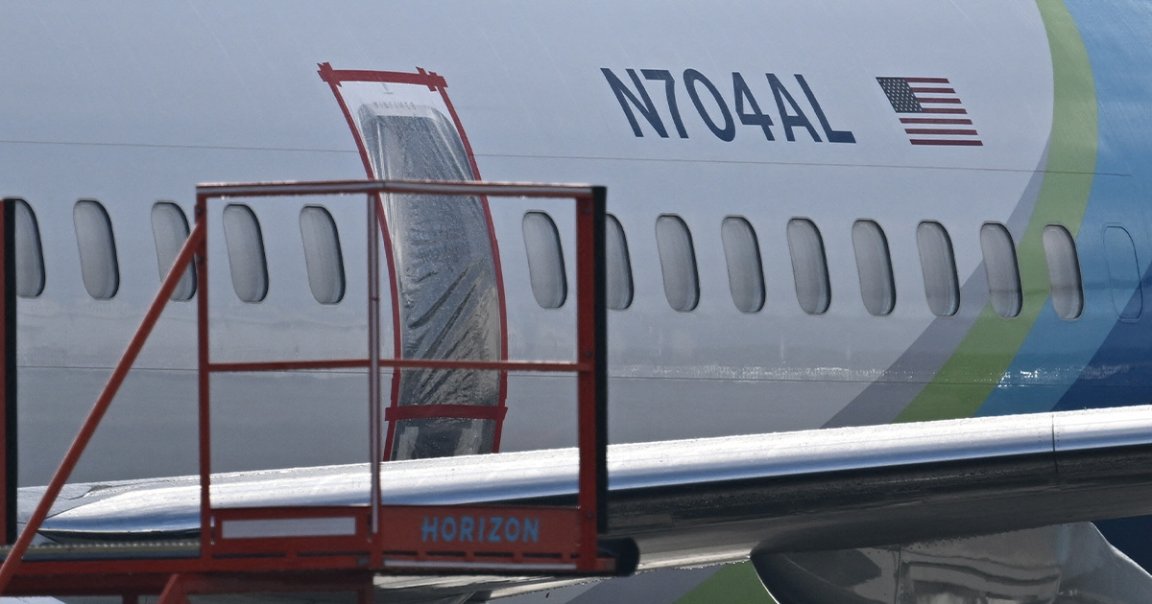
Riveting Issue
A new report from the Wall Street Journal reveals the chaos behind the scenes at a Boeing 737 factory before the door plug on one of its planes blew out midair on a flight full of passengers, a near-catastrophic incident that has seen the aerospace manufacturer mired in controversy.
According to entries in the factory’s Shipside Action Tracker (SAT) reviewed by the WSJ, production was stalled on the ill-fated 737 MAX jet after workers had flagged damaged rivets on its fuselage on September 1. In a bid to draw attention to the issue, they pushed it to “Tier 3” priority.
That only resulted in more chaos and delays. It took workers 50 times the estimated time to fix the damaged rivets around the door plug, according to the report, and the work wasn’t ultimately completed until September 20. And yet, despite that sluggish pace, the blame may come down to Boeing trying to move things along too hastily.
“It’s a failure on all of us,” a Boeing employed involved with the 737 MAX told the WSJ. “We all feel it.”
Deferred Disaster
The 737 fuselages were supplied by Spirit AeroSystems. Though Boeing had discovered defects in the fuselages a month prior, it decided to use them anyway. The solution was “traveled work,” in which unfinished work is moved further along the production line with the intention of addressing those issues later.
On one hand, this keeps things moving when, for example, parts are missing, letting work continue on in other areas. But the downside is clear: it increases the risk of problems getting overlooked.
“Years ago, we weren’t going this fast,” said a Boeing veteran who was involved with work related to the door plug. “I’m not saying fast caused the problem. Something happened. I don’t know what it was.”
Further details of the chaos would seem to highlight the potential chaos caused by traveled work.
“CONDITION STILL EXIST. RIVETS WERE JUST PAINTED OVER,” reads an almost comical entry six days after the issue was flagged.
And just days later: “Damaged rivets are not acceptable and need to be removed and replaced.”
Ditzy Documentation
In perhaps the most eyebrow-raising incident, Boeing workers failed to document the removal of the door plug’s bolts, which was done to access the faulty rivets. Had an official “removal” process been undertaken, according to the WSJ, a quality assurance team would’ve double-checked the installation. This glaring omission stunned employees.
“I was, like, ‘What the hell?’ Boeing does a great job especially on documentation,” said the Boeing veteran. “If you take something out, you’ve got to write a removal.”
It was only by extremely good fortune that no one was killed in the door plug blowout. If these details are at all representative of the company’s practices, Boeing has a lot to answer for.
More on Boeing: Boeing Can’t Seem to Stop Delaying Its First Astronaut Launch